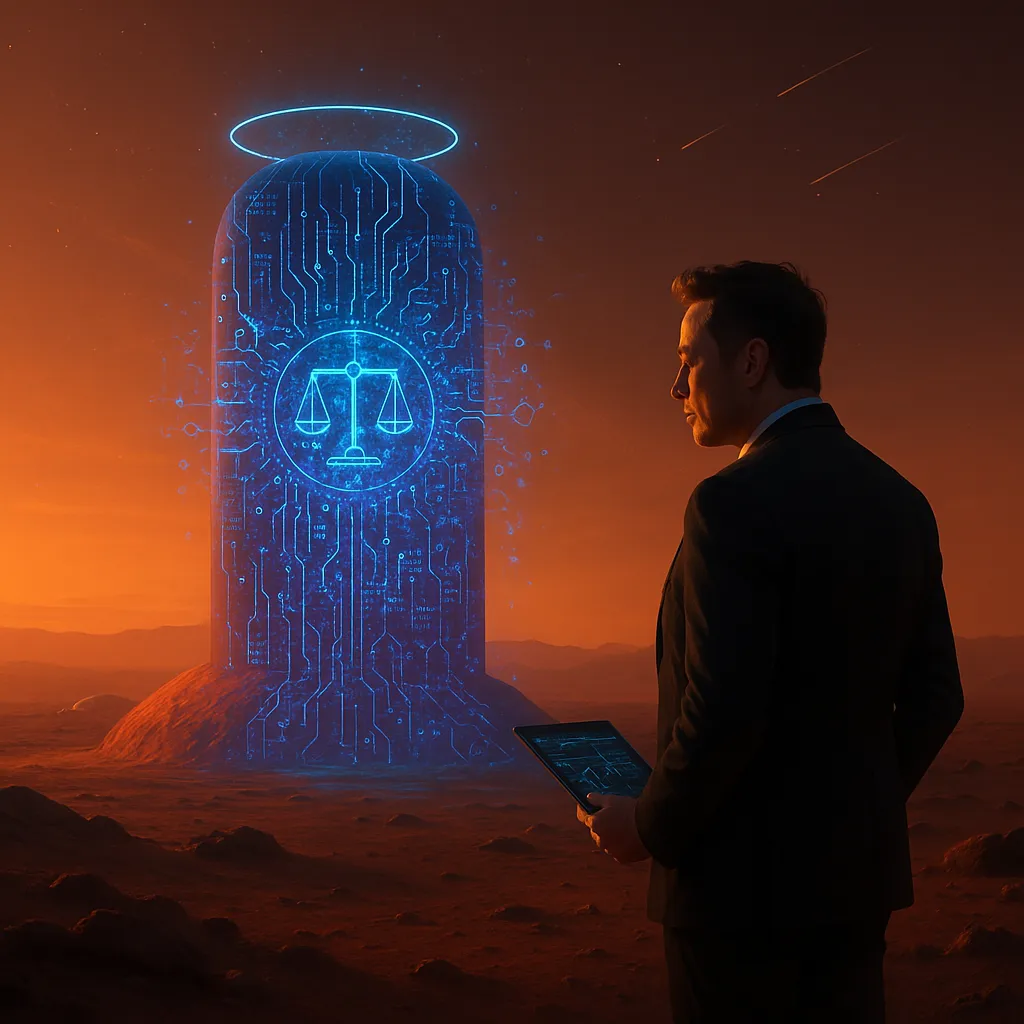
President Donald Trump is poised to take a monumental step in reshaping the U.S. education system by signing an executive order aimed at starting the process of dismantling the Department of Education. The anticipated executive order, expected to be signed Thursday afternoon at the White House, marks a fulfillment of one of Trump's longstanding campaign promises and will send ripples across the entire educational landscape in America.
The event will not only feature the President but will also include Republican governors, state education officials, and schoolchildren, all invited to witness this groundbreaking shift. White House spokesperson Harrison Fields emphasized the President's agenda, stating that the executive order is intended to “expand educational opportunities” by transferring more control over education to local communities, parents, and states.
Trump’s administration has long criticized the role of the federal government in education, describing it as a symbol of overreach that undermines local control and stifles innovation.
While the complete dissolution of the Department of Education would require Congressional approval, this executive order marks the beginning of a new chapter. The move signals Trump's intention to effectively return education oversight to state governments, a policy stance that aligns with his broader vision of reducing the size and scope of the federal government.
To implement this plan, President Trump will direct Linda McMahon, Secretary of the Department of Education, to take all necessary steps to facilitate the department’s closure. This includes shifting authority for education policy back to state governments, allowing them to determine how to manage and fund their respective educational systems.
The shift in authority is expected to lead to a dramatic transformation in the way education is delivered across the country, with each state assuming a more active role in shaping its own education policies.
Despite the administration’s push to dismantle the federal Department of Education, some critical federal funding programs will remain intact. According to senior administration officials, the executive order will not impact federal funding for students with disabilities, which falls under the Individuals with Disabilities Education Act (IDEA), nor will it affect Title I funding for low-income schools.

In addition, federal student loan payments will continue unaffected, providing some reassurance to students who rely on these programs to finance their education.
While these assurances may ease some concerns, the long-term impacts of dismantling the Department of Education remain unclear. For many, the question looms as to whether these funding mechanisms will eventually be altered, or whether a shift in responsibility to the states will result in disparities in the quality and accessibility of education across the nation.
With states now empowered to take control of education, there could be significant differences in funding, curriculum standards, and the availability of support services for students with special needs or financial challenges.
The expected signing of this executive order has already ignited a wave of opposition, particularly from education advocates and unions. Critics argue that dismantling the Department of Education will have devastating effects on public schools, particularly for students in rural, suburban, and urban areas.

The National Education Association (NEA), one of the largest teachers' unions in the United States, has already voiced strong opposition, with NEA President Becky Pringle condemning the move.
Pringle argued that Trump’s actions would result in a “wrecking ball” being aimed at public schools and the futures of over 50 million students. She warned that dismantling the Department of Education would lead to rising class sizes, cuts to job training programs, and higher costs for higher education—making it more difficult for middle-class families to afford.
Furthermore, she highlighted the potential loss of special education services for students with disabilities and a reduction in student civil rights protections. These concerns reflect a broader fear that, under a decentralized education system, students in underfunded and disadvantaged areas would bear the brunt of reduced federal oversight and support.
For Trump, the decision to dismantle the Department of Education is part of a broader strategy to reshape government agencies in line with his populist ideals. Throughout his campaign and presidency, Trump has positioned himself as an opponent of what he sees as bureaucratic overreach, vowing to scale back the power of federal agencies that he believes hinder the ability of states and local communities to govern themselves.
Education, with its vast federal influence, has long been a target for Trump’s rhetoric on government reform.
By taking aim at the Department of Education, Trump also seeks to rally his base, particularly conservative voters who view federal control of education as an encroachment on personal freedoms and state rights. The move is in line with his broader policy goals of reducing the role of government in citizens' lives, which has been a hallmark of his presidency.
It also plays into the ongoing culture wars, with Trump framing the Department of Education as a symbol of the "liberal elite" trying to impose its values on families across the nation.

The Trump administration’s latest move to dismantle the Department of Education will likely have profound implications for the future of public education in America. Supporters of the plan argue that it will give parents and local communities more say in the education of their children, potentially leading to better outcomes by tailoring education systems to local needs. In contrast, opponents warn that it could lead to a fragmented education system, where wealthy states or districts have access to superior resources while poorer areas struggle to provide adequate education for their students.
In the coming months, we can expect heated debates in Congress and the courts as education supporters and critics grapple with the implications of this unprecedented action. Legal challenges are already being prepared, with groups like the NEA and other education advocates promising to fight back against what they see as an attack on the future of American education.
As these legal battles unfold, the nation will have to contend with the question of how best to balance state control with federal oversight in the pursuit of educational equality and opportunity.
Ultimately, President Trump’s executive order may serve as a pivotal moment in the ongoing national conversation about the role of government in education. With more than 50 million students in the U.S. dependent on the education system, the stakes of this decision are incredibly high. The future of education in America may hinge on whether this bold move succeeds in reshaping the landscape of public education, or whether it creates divisions that may prove difficult to bridge. Only time will tell what kind of educational future lies ahead for the children of this nation.





